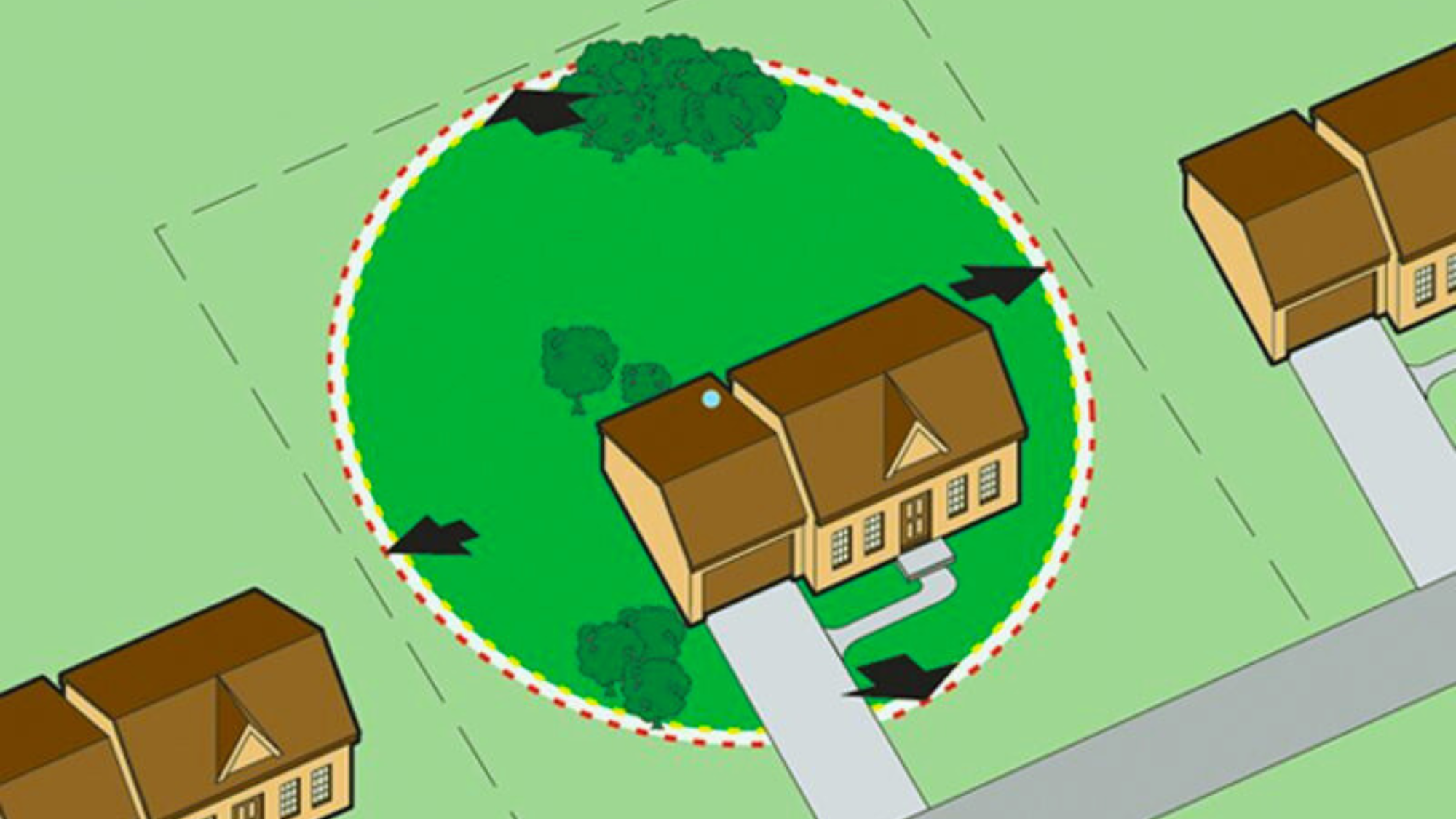It creates a circular boundary using a transmitter, sending a signal to your dog’s collar. How Does PetSafe Wireless Fence Work? As your pet nears the boundary, the collar emits a warning tone and, if necessary, a mild correction.
The Pet Safe Wireless Fence is a convenient, wireless pet containment system designed to keep your dog safely within a designated boundary without the need for physical fences or buried wires. Using a combination of radio signals and a receiver collar, this system creates an invisible circular boundary. So, how does petsafe wireless fence work
Having personally used the PetSafe Wireless Fence, I’ve encountered both its benefits and challenges. I’ll break down how it works, the technical aspects, and common issues pet owners (including myself) have faced. I’ll also provide troubleshooting tips, and optimization strategies to ensure you get the best experience. Find out which is the best collar color for a Rottweiler to complement their bold appearance and highlight their unique features.
Blog Highlights
ToggleHow Does PetSafe Wireless Fence Work?
1. Understanding the Core Technology
The PetSafe Wireless Fence operates using radio frequency (RF) signals rather than GPS or underground wires. Here’s a breakdown of the core system components:
2. Setting Up the Wireless Fence
Setting up the PetSafe Wireless Fence is straightforward, but there are some key steps to ensure accuracy.
- Choose a Central Location – The transmitter should be at least 3 feet off the ground and away from metal objects.
- Adjust the Boundary Radius – The system allows for a customizable range from 5 feet up to 90 feet.
- Sync the Collar – The collar must be properly fitted with the prongs touching your dog’s skin.
- Test the Boundary – Walk the perimeter with the receiver collar to ensure consistent signal detection.
- Train Your Dog – Use flag markers and positive reinforcement over 2-3 weeks to help your pet learn the safe zone.
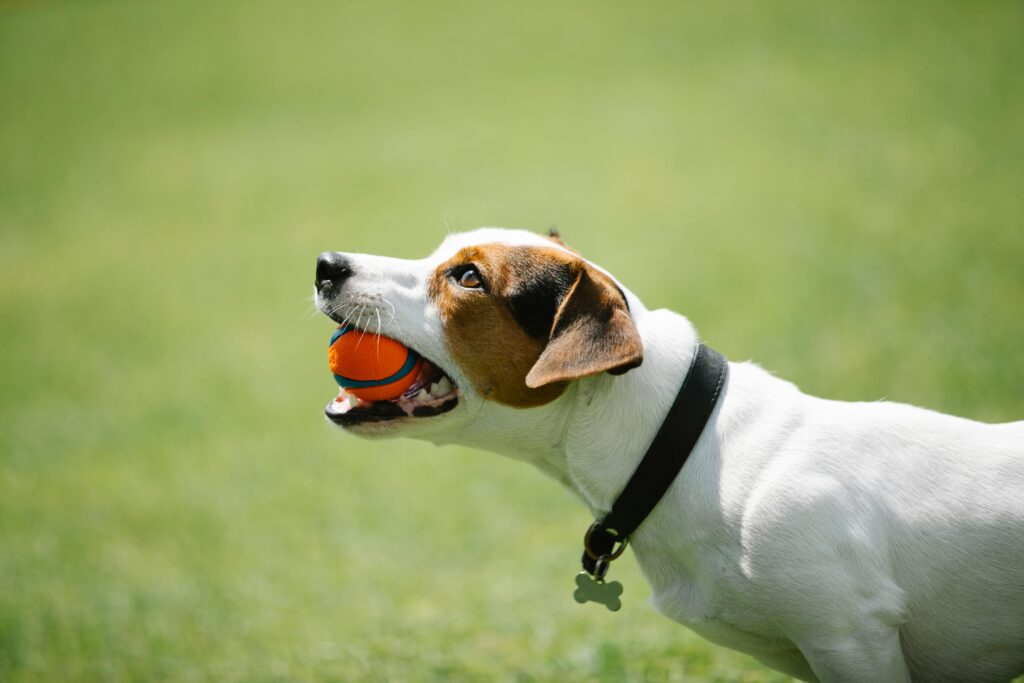
Numeric Data: Performance Metrics & Coverage
These figures highlight the PetSafe Wireless Fence’s capabilities and potential limitations. The coverage is ideal for small to medium yards, but it might not be suitable for properties needing larger or irregular boundaries.
Common Issues & Troubleshooting
“Common issues with the Pet Safe Wireless Dog Fence can sometimes arise, but understanding How Does PetSafe Wireless Fence Work? can help in troubleshooting. This system creates a circular boundary for your pet, and knowing its functionality helps in addressing potential problems like weak signals or improper collar fit.
1. Signal Interference & Dead Spots
Issue: The transmitter’s signal can be affected by metal objects, thick walls, and electronic interference.
Solution:
- Ensure the transmitter is placed centrally, away from metal furniture or large appliances.
- Test different positions to reduce signal inconsistencies.
- Avoid placing the transmitter near Wi-Fi routers or electronic devices that operate at similar frequencies.
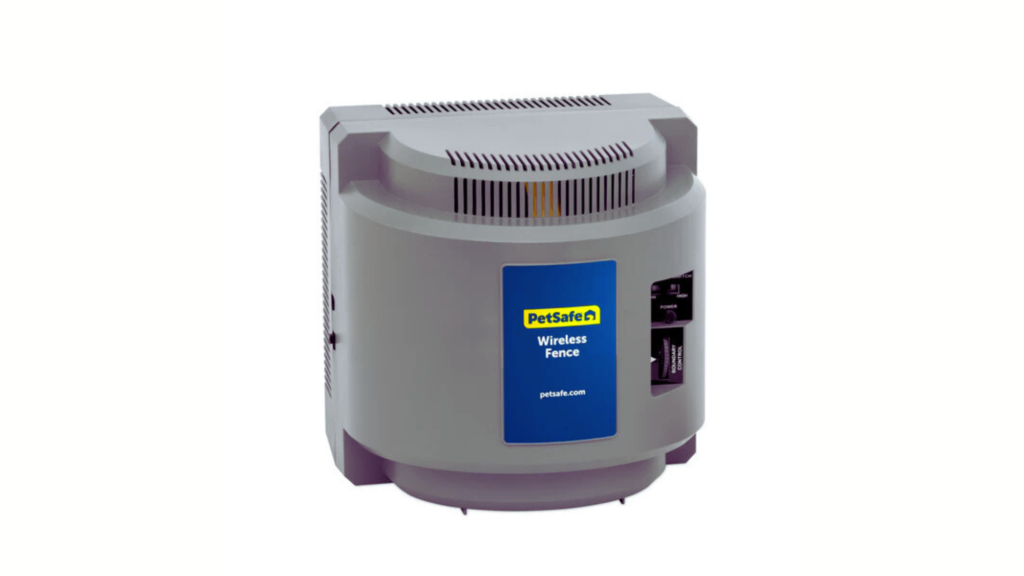
2. Boundary Fluctuations
Issue: The boundary shifts unexpectedly, confusing the dog.
Solution:
- Keep the transmitter location fixed and stable.
- Avoid using the system in areas with sloping terrain or excessive trees, as these can cause inconsistencies.
- If using multiple transmitters, ensure they don’t overlap excessively, which can cause erratic boundaries.
3. Collar Not Responding or Weak Correction
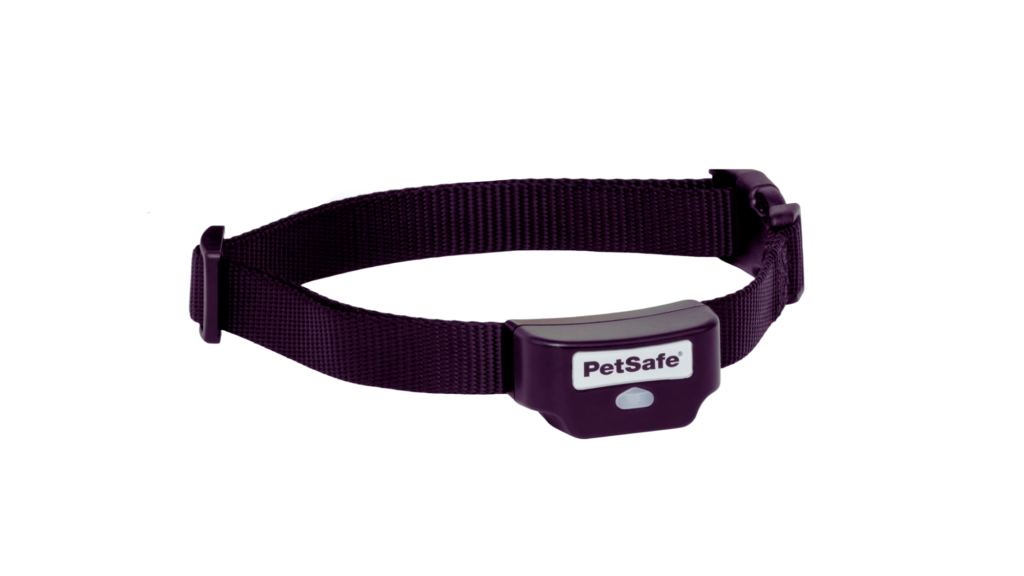
Issue: The collar fails to beep or provide correction.
Solution:
- Check the battery – The RFA-67 battery lasts 1-2 months, so frequent replacements are necessary.
- Ensure proper fit – The contact points should touch your dog’s skin without being too tight.
- If water exposure occurs, let the collar dry completely before reattaching.
4. Dog Ignoring the Correction
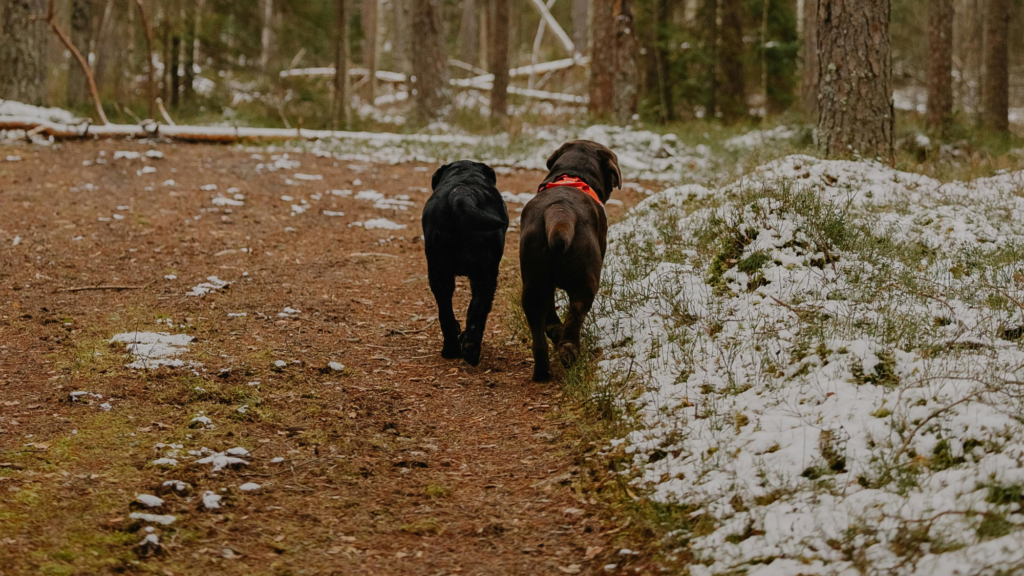
Issue: Some dogs may tolerate low correction levels and ignore the boundary.
Solution:
- Increase the static correction level gradually.
- Re-train with positive reinforcement, ensuring the dog understands the consequence of crossing.
- If necessary, upgrade to a stubborn-dog receiver collar (which has stronger correction levels).
Optimization & Best Practices
1. Proper Placement & Setup
- Avoid placing the transmitter in basements – Signal strength is weakened underground.
- Place it near an interior wall, at least 3-4 feet above the ground.
- Keep the area clear of large metal objects to minimize interference.
2. Expand Coverage with Dual Transmitters
- If the 0.5-acre limit is insufficient, using two overlapping transmitters can extend coverage up to 180 feet.
- Ensure the overlap creates a seamless transition zone, rather than erratic double-boundary zones.
3. Train Your Dog Effectively
- Use visual flags during the first 14 days of training.
- Keep training sessions short (10-15 minutes) but consistent.
- If the dog is anxious or reluctant, reduce the correction level temporarily.
Preventative Maintenance
1. Regularly Check the Collar Battery
- The RFA-67 battery lasts 1-2 months, so keep a spare available.
- If you experience shorter battery life, ensure the contact points are clean.
2. Inspect the Receiver Collar
- Waterproof but not indestructible – Avoid excessive chewing or damage.
- Clean the metal prongs weekly to prevent dirt buildup, which can reduce correction efficiency.
3. Monitor Boundary Accuracy
- Test the fence monthly by walking the perimeter with the collar in hand.
- If fluctuations occur, reset the transmitter and recalibrate the boundary size.
To discover what activities bring joy to Australian Cattle Dogs, check out this detailed guide on What makes Australian Cattle Dogs happy?.
Advanced Troubleshooting & Enhancements for PetSafe Wireless Fence
Even with the best setup, the PetSafe Wireless Fence can present challenges that require advanced troubleshooting and enhancements. If you’ve experienced issues such as boundary inconsistencies, weak signal strength, or your dog ignoring the fence, this section will provide in-depth solutions and ways to optimize performance.
1. Understanding Boundary Instability & Fixing It
One of the most common problems with the PetSafe Wireless Fence is boundary fluctuations. This happens when the boundary moves unexpectedly, confusing your dog and making training difficult.
Causes of Boundary Fluctuations:
- Signal Interference: Nearby electronic devices, metal objects, and thick walls can affect the transmitter signal.
- Power Fluctuations: An unstable power source can cause variations in signal strength.
- Environmental Factors: Heavy rain, snow, or even thick trees can interfere with the signal.
Fixes for Boundary Instability:
- Use a Surge Protector: Plug the transmitter into a surge protector to stabilize power input.
- Relocate the Transmitter: Keep it away from Wi-Fi routers, refrigerators, microwaves, and large metal objects.
- Test During Different Weather Conditions: Walk the boundary line with the collar to see if rain, snow, or high humidity alters the range.
Pro Tip:
If your property has slopes or obstacles, consider using multiple overlapping transmitters to create a more stable and defined containment area. Find the Top dog collars for Dachshunds that accommodate their long bodies and prevent strain on their necks.
2. Enhancing Signal Strength for Better Coverage
The maximum range of a PetSafe Wireless Fence is 90 feet (0.5 acres), but in some cases, the signal may weaken before reaching that full distance.
How to Boost Signal Strength:
- Raise the Transmitter Height – Placing the transmitter 4-5 feet above the ground reduces ground-level interference.
- Avoid Concrete Walls & Basements – Thick structures absorb signals, reducing coverage.
- Check for Competing Frequencies – Cordless phones and older Wi-Fi routers (2.4 GHz) may interfere. Try moving them away from the transmitter.
- Use Two Transmitters for Larger Areas – If you need to extend coverage, place two transmitters 50-80 feet apart to create a seamless boundary.
Pro Tip:
If you have an open yard with minimal obstacles, signal strength should remain stable. If you experience drops, check the collar’s antenna and battery for issues.
3. Addressing the Issue of Dogs Running Through the Boundary
Some dogs learn to ignore the static correction and run past the fence, breaking containment. Explore the Top dog collars for French Bulldogs to keep them comfortable while ensuring durability and style.
Why Does This Happen?
- The correction level is too low for the dog’s temperament.
- The dog doesn’t associate the boundary with the correction (lack of proper training).
- Battery life is low, reducing the strength of correction signals.
Solutions for Stronger Containment:
- Increase Correction Level Gradually – Start with Level 2 and move up until your dog consistently reacts.
- Train with Supervised Walks – Hold the collar in hand and slowly approach the boundary to teach your dog to respect it.
- Use a Stubborn Dog Collar – If you have a strong-willed dog, consider upgrading to PetSafe’s Stubborn Dog Collar, which has higher-intensity corrections.
Pro Tip:
For dogs that bolt through the boundary, try using a long leash during training sessions to reinforce the idea that leaving the zone leads to discomfort.
4. Managing Battery Drain & Collar Malfunctions
The PetSafe receiver collar uses an RFA-67 battery, which typically lasts 1-2 months. However, if you notice it draining faster, there are a few possible reasons.

Why Does the Battery Drain Quickly?
- Frequent activations – If your dog tests the boundary often, the collar will drain faster.
- Cold weather – Lower temperatures reduce battery efficiency.
- Signal loss – If the collar frequently loses and regains connection, it uses extra power.
How to Extend Battery Life:
- Check for Poor Contact – Dirt or moisture in the battery compartment can cause inefficiencies.
- Turn Off When Not in Use – If your dog is indoors, remove the collar to prevent unnecessary activation.
- Use Rechargeable Alternatives – Some third-party rechargeable RFA-67 replacements last longer and save money.
Pro Tip:
If your dog spends extended time outdoors, consider keeping a spare battery on hand to avoid unexpected failures.
5. Customizing the System for Multi-Dog Homes
The PetSafe Wireless Fence supports unlimited dogs, but each one requires a separate receiver collar. If you have multiple dogs, consider these adjustments:
Multi-Dog System Optimization:
- Different Correction Levels for Each Dog – If you have a large and small dog, customize the correction strength per collar.
- Staggered Training Sessions – Train dogs separately at first to prevent confusion.
- Monitor for Aggressive Behavior – Some dogs may respond differently to the static correction, leading to nervousness or agitation.
Pro Tip:
If you notice one dog crossing the boundary while another stays inside, recheck each collar’s fit, battery, and correction level.
6. Using a Portable PetSafe Wireless Fence for Travel
One of the biggest advantages of a wireless fence system is its portability. If you take your dog camping or on vacation, you can bring the fence with you.
Portable Setup Guide:
- Choose an Open Space – Avoid areas with excessive metal or hills.
- Adjust the Boundary Radius – Keep it within a smaller range to prevent unintended interference.
- Re-Train in New Locations – Even though your dog is familiar with the system, a new setting might require reinforcement training.
Pro Tip:
Bring extra flags and a backup battery when traveling to keep the system reliable.
Final Thoughts: Is PetSafe Wireless Fence Right for You?
Hope so, now you know how does petsafe wireless fence work. After personally using the PetSafe Wireless Fence, I’ve found it to be a solid, hassle-free solution for pet containment in small-to-medium yards.
Pros ✅
✔ Easy to set up – No digging or wire installation required.
✔ Adjustable boundary – Covers up to 0.5 acres.
✔ Multiple correction levels – Suitable for different dog temperaments.
✔ Portable – Can be taken on camping trips or vacations.
Cons ❌
❌ Boundary inconsistencies – Affected by terrain and interference.
❌ Not ideal for large properties – Limited to 90-foot radius.
❌ Collar battery requires frequent replacement – RFA-67 battery lasts 1-2 months.
My Verdict: 8/10
The PetSafe Wireless Fence is a great choice for pet owners needing a simple, wire-free containment system, but it requires proper setup and occasional troubleshooting. If you have a large or oddly shaped yard, consider in-ground wired fences or GPS-based alternatives instead.

